P.J.
0
From Kashmir To Kanyakumari: The Glory Of Indian Weddings
02/07/2015
Across India, through its mind-boggling diversity of cultures and languages, one thing remains more or less similar--the centrality of weddings as the biggest social occasions. While the customs and rituals vary, there are some threads that run through them all--Mehndi, red sindoor and saat pheras, for instance, in Hindu weddings. Ultimately, all those beautiful rituals and customs and the happy faces of the bride and the groom make for a great visual spectacle.
So we asked several real Indian couples to share photos and experiences of the most important day of their lives.
The weddings were very different from each other, but some ceremonies are common to many. The haldi ceremony, a beautification ritual where both the bride and groom are slathered in turmeric, is common in many parts. The bidai that involves a family bidding their daughter farewell as she leaves to live with her new family after the marriage is also a feature in many communities.
The Bengalis and Assamese engage in ululation at the main ceremony to mark the end of the official ceremony. “A traditional Bengali wedding used to be arranged by ghotoks or matchmakers (professional or friends and relatives) who were presented gifts if a match was realised,” says Delhi-based Joyeeta Bhattacharya.
The entire affair then begins with pati-patro to fix an auspicious time and date of the wedding. “An important ritual during the actual ceremony is the saat pak where the bride circles the groom seven times, while covering her face with betel leaves,” she adds.
Another common rite across several communities is the bridegroom making a show of anger and pretends to run away just before the wedding. "The to-be groom pretends to leave the house or run away from his future marital responsibilities,” says Saroj Malpani who married her son off in true Marwari fashion a couple of years ago. “The uncle of the bride then has to persuade him to come back.” In Kannadiga and Tamil traditions, this rite is referred to as Kashi Yatra (literally translated: a journey to Kashi, a place of pilgrimage), whereas the Marwari sect refers to this practice as Janev. “Marwari weddings traditionally start with a Ganesh pooja, followed with Mahira Dastoor, a custom where the maternal uncles of the bride and grooms distribute gifts in the house,” says Delhi-based Anuj Maheshwari.
South Indian weddings are generally less elaborate than their North Indian counterparts (although this varies depends on castes and communities), but have their own host of rituals: During Telugu weddings, for instance, the bride and groom dunk a gooey mixture of jaggery, ghee and cumin seeds on each others heads,” says Paridhi Gupta. “This ceremony known as Jilakarra Bellamu officially marks their union as husband and wife.” Talk about setting expectations low.
Dinaz Rustomji, who married her daughter off recently, reveals the reason behind serving fish at a traditional Parsi wedding feast: “It is a symbol of good luck, just like fire is an important symbol in our faith,” she says.
Here are pictures and snippets of various customs from different regions, religions and communities of India. This is by no means an exhaustive list, but we would love to see more in the comments.
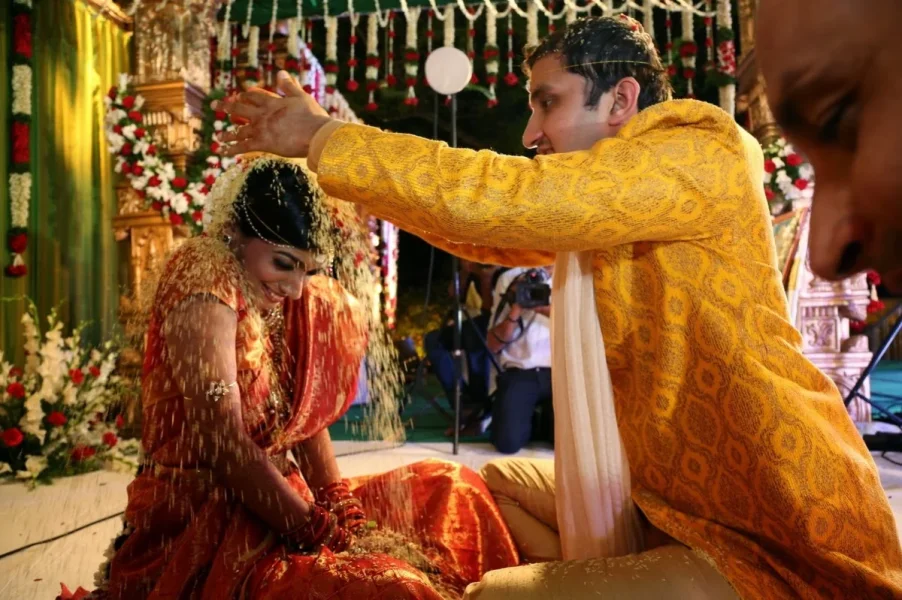
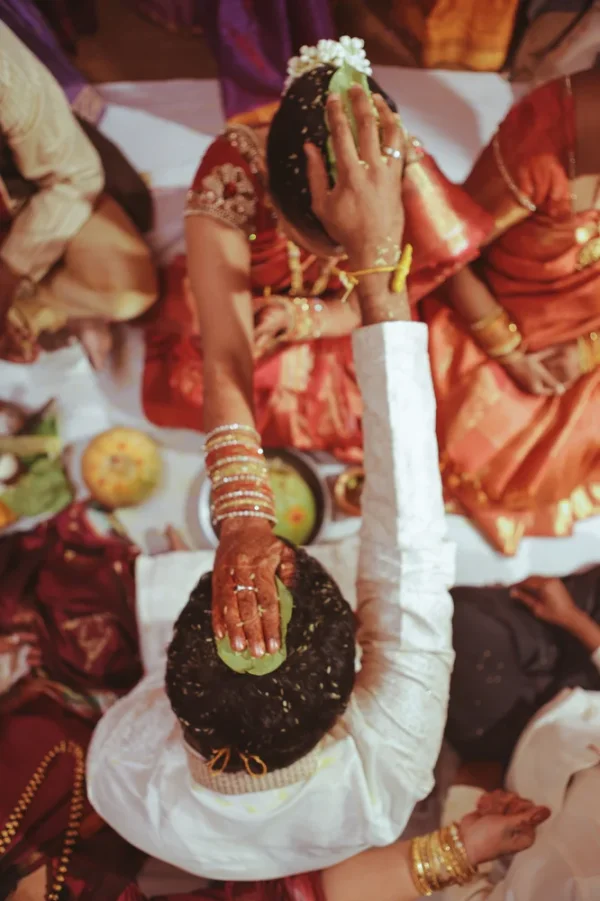
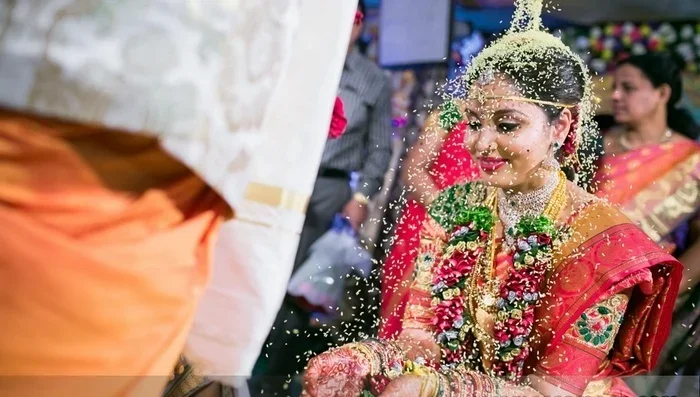
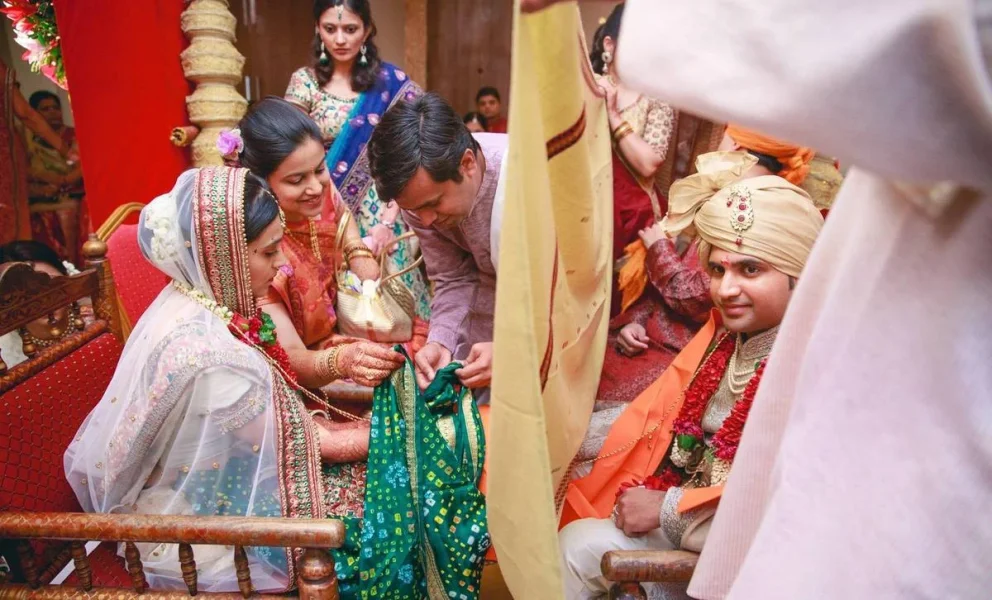
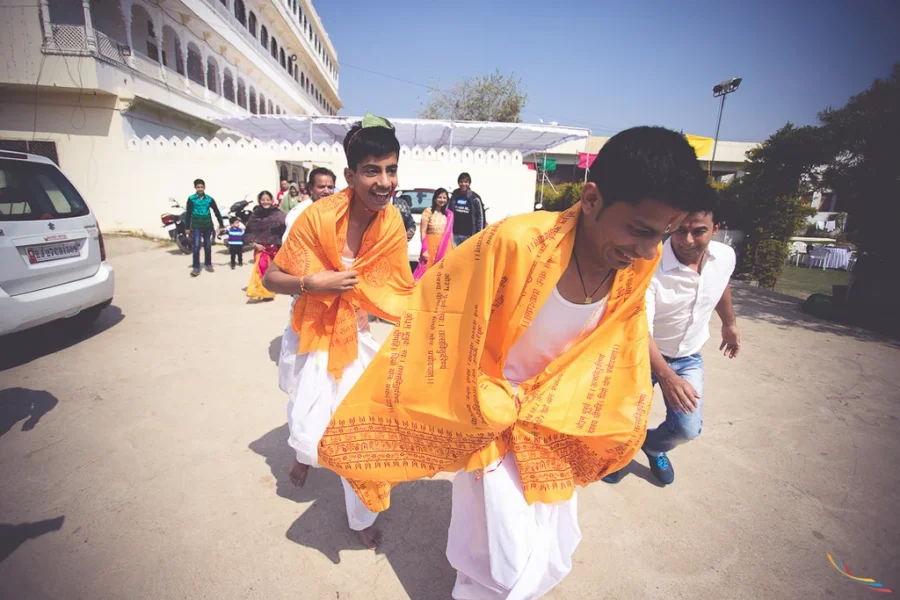
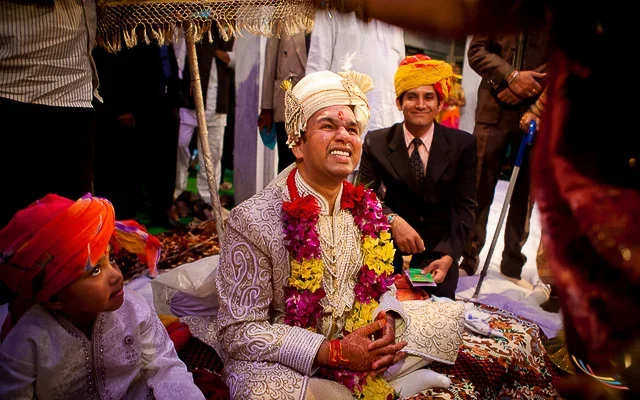
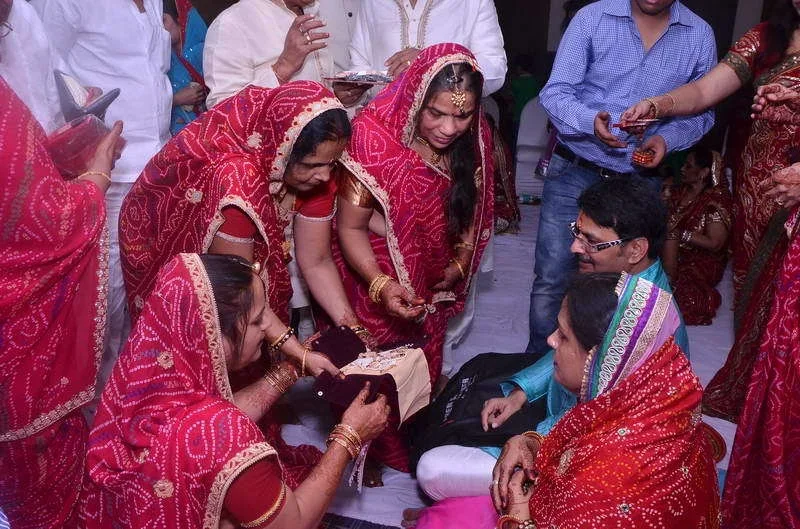
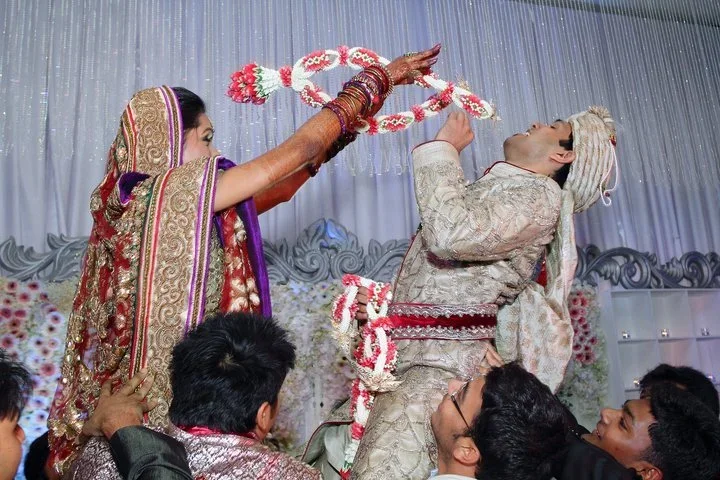
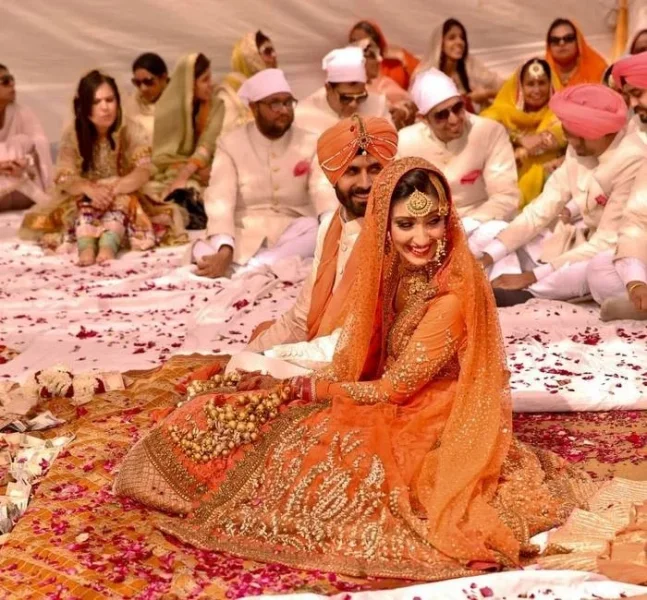
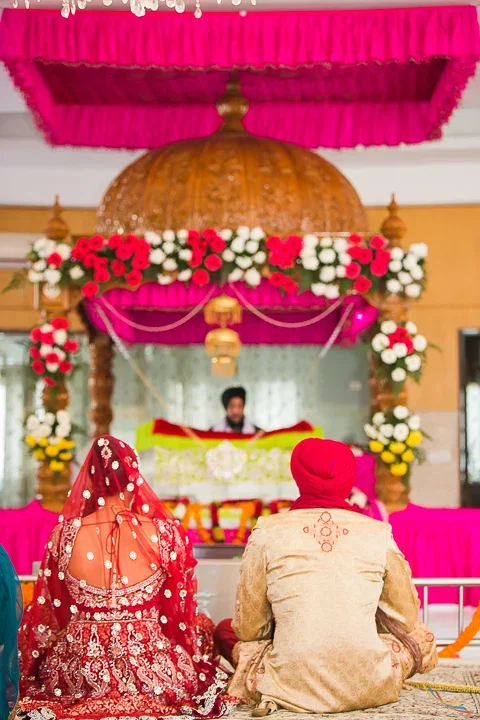
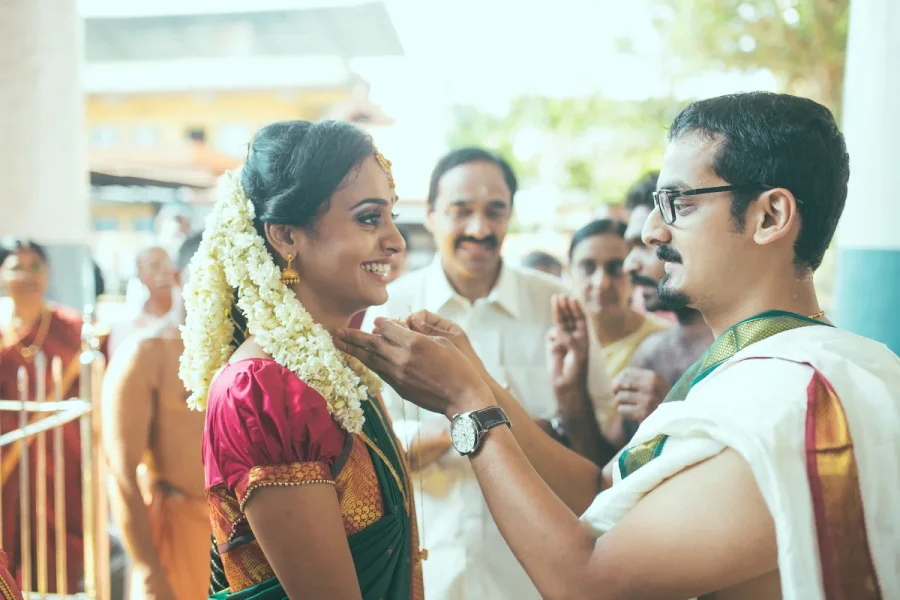
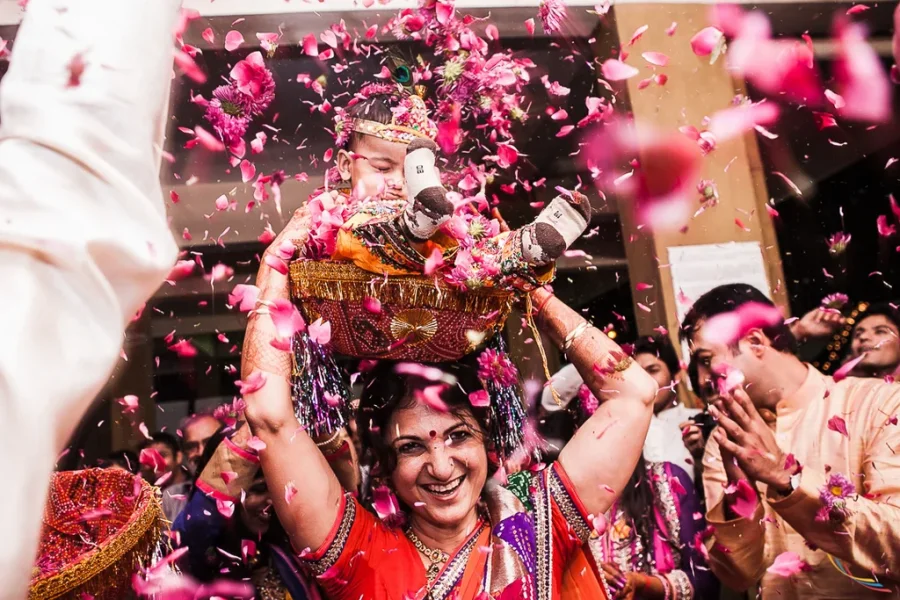
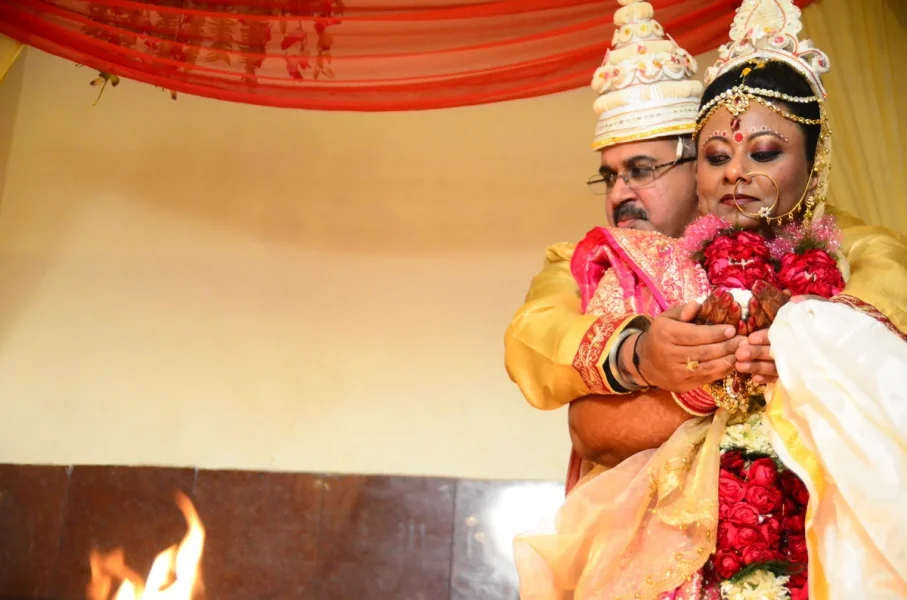
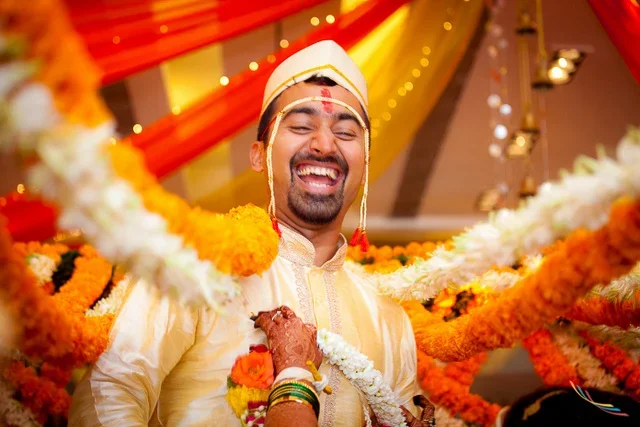
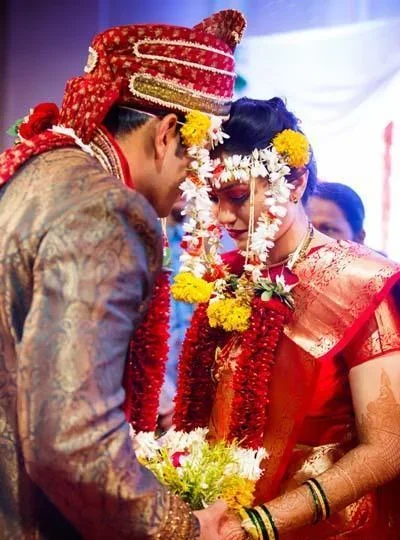
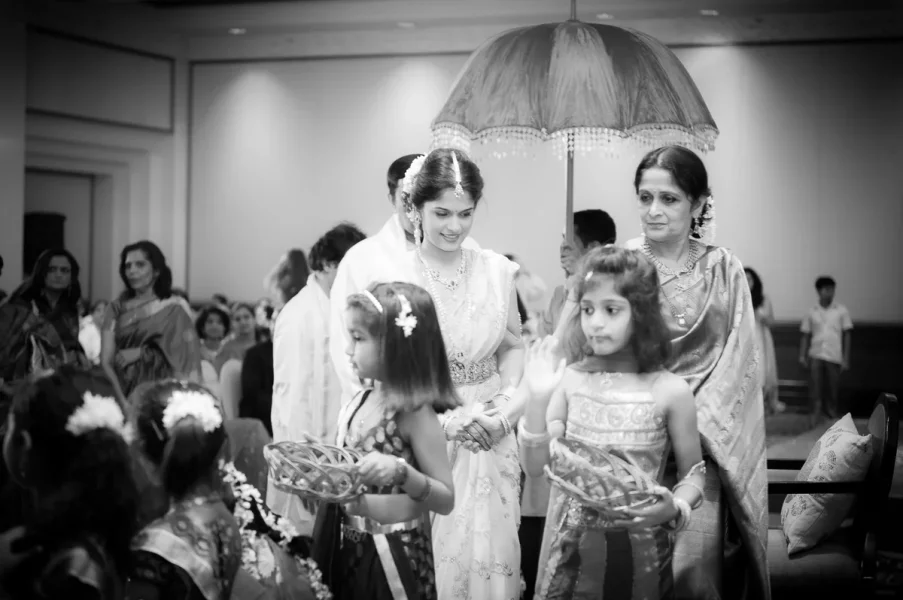
02/07/2015
Across India, through its mind-boggling diversity of cultures and languages, one thing remains more or less similar--the centrality of weddings as the biggest social occasions. While the customs and rituals vary, there are some threads that run through them all--Mehndi, red sindoor and saat pheras, for instance, in Hindu weddings. Ultimately, all those beautiful rituals and customs and the happy faces of the bride and the groom make for a great visual spectacle.
So we asked several real Indian couples to share photos and experiences of the most important day of their lives.
The weddings were very different from each other, but some ceremonies are common to many. The haldi ceremony, a beautification ritual where both the bride and groom are slathered in turmeric, is common in many parts. The bidai that involves a family bidding their daughter farewell as she leaves to live with her new family after the marriage is also a feature in many communities.
The Bengalis and Assamese engage in ululation at the main ceremony to mark the end of the official ceremony. “A traditional Bengali wedding used to be arranged by ghotoks or matchmakers (professional or friends and relatives) who were presented gifts if a match was realised,” says Delhi-based Joyeeta Bhattacharya.
The entire affair then begins with pati-patro to fix an auspicious time and date of the wedding. “An important ritual during the actual ceremony is the saat pak where the bride circles the groom seven times, while covering her face with betel leaves,” she adds.
Another common rite across several communities is the bridegroom making a show of anger and pretends to run away just before the wedding. "The to-be groom pretends to leave the house or run away from his future marital responsibilities,” says Saroj Malpani who married her son off in true Marwari fashion a couple of years ago. “The uncle of the bride then has to persuade him to come back.” In Kannadiga and Tamil traditions, this rite is referred to as Kashi Yatra (literally translated: a journey to Kashi, a place of pilgrimage), whereas the Marwari sect refers to this practice as Janev. “Marwari weddings traditionally start with a Ganesh pooja, followed with Mahira Dastoor, a custom where the maternal uncles of the bride and grooms distribute gifts in the house,” says Delhi-based Anuj Maheshwari.
South Indian weddings are generally less elaborate than their North Indian counterparts (although this varies depends on castes and communities), but have their own host of rituals: During Telugu weddings, for instance, the bride and groom dunk a gooey mixture of jaggery, ghee and cumin seeds on each others heads,” says Paridhi Gupta. “This ceremony known as Jilakarra Bellamu officially marks their union as husband and wife.” Talk about setting expectations low.
Dinaz Rustomji, who married her daughter off recently, reveals the reason behind serving fish at a traditional Parsi wedding feast: “It is a symbol of good luck, just like fire is an important symbol in our faith,” she says.
Here are pictures and snippets of various customs from different regions, religions and communities of India. This is by no means an exhaustive list, but we would love to see more in the comments.
- Telugu Wedding
Paridhi Gupta
"The bride and the groom dunk each other's heads in a gluey mixture of jaggery, ghee and cumin seeds (Myhairmyhairmyhair). Each has a significance which I have no clue about. It is then that they are pronounced man and wife" says Paridhi Gupta, the bride in this wedding photo.

Anup J Kat
"Before the Kashi yatra ceremony, (where the groom pretends to leave, renouncing all worldly pleasures) he is required to wear a silver thread around his shoulders - this basic ritual is known as Snatakam," says Nishita Medha, the bride in the featured wedding photo.

Amar Ramesh
"After the main ceremony, 10 married women escort the bride out. Six of these ladies hold plates containing a mixture of rice and turmeric powder, while the others hold small lit lamps. Rice represents abundance, while the lamps symbolise light," says Anand Shahani, co-founder of wedding portal wedmegood.com

- Gujarati Wedding
Tarun Chawla
"The arrival of the groom and his family is called Ponkhvanu, and marks the official beginning of the Gujarati wedding," says Anand Shahani, co-founder of wedmegood.com, a wedding portal.

Amit Gaur, ColorBlast
"A Gujarati groom has to break an earthen pot before he enters the wedding venue to show that he will overcome any obstacles as part of his husbandly duties," says Anand Shahani, co-founder of wedding portal wedmegood.com
- Marwari Wedding
Amit Gaur, Colorblast
An important custom in marwari weddings is Janev, where the groom has to don a white thread and then pretends to run away to get out of the wedding. "It is the maternal uncle's duty to convince him to come back," says choreographer Natasha Gogia.

- "The start of any marriage festivities begins with a Ganesh pooja to drive away any evils and bring blessings on the couple," says Anuj Maheshwari, who learnt this at his brother's wedding in 2013.

- Anuj Maheshwari
"I also learnt about the Mahira Dastoor custom: the maternal uncles of both the bride and the groom distribute lavish gifts throughout their own families to celebrate the upcoming wedding," says Ankur Maheshwari, the groom in the featured wedding.

Ambika Aggarwal
"The varmala ceremony is when the bride and groom exchange garlands while atop the shoulders of their friends and family. In jest, the groom's friends try to prevent him from being garlanded as you can see from this picture (and vice versa)," says Ambika Agarwal, the bride.

- Sikh Wedding
Anupam Sarkar
"Sikhs are discouraged from consulting horoscopes or following any other superstitions pertaining to determining a wedding date or time," says Anand Shahani, co-founder of wedding portal wedmegood.com

- Amit Gaur, ColorBlast
"The ceremony takes place in a gurudwara, where the bride is always seated on the left side of the groom," says Amit Gaur who photographed this event.

- Malayali Wedding
Vinay Aravind
Before the main ceremony, the bride and groom have to offer 'Dakshina' to the elders, which is essentially betel leaves and an areca nut along with one rupee," says Vinay Aravind who photographed this event.

- Bengali Wedding
Amit Gaur, ColorBlast
"At the marriage ceremony, the bride who is usually seated on a low wooden stool called pidi is lifted by her brothers and is taken round the groom in seven complete circles. This is called Saat Pak," says wedding choreographer Natasha Gogia.

Sharmee
"After circling the fire, the groom holds the bride's hands from behind. The bride's hands are filled with puffed rice that is then poured by the couple into the sacred fire," says Sharmee, the bride in the featured photo.

- Marathi Wedding
Amit Gaur, Colorblast
"After the wedding, the groom's mother welcomes the new couple and washes their feet with milk and water. The bride is then required to enter the house after knocking over a tumbler of rice," says Amit Gaur who photographed this wedding.

Strange Sadhu Photography
"Antarpat is a silk shawl used to separate the bride and the groom. The maternal uncle of the bride brings her to the dias, where the mangalashtakas are recited. Then the shawl is removed and the couple sees each other for the first time and exchange garlands. At this moment they are showered with unbroken rice," says Anand Shahani, co-founder of wedding portal wedmegood.com

- Bunt Wedding
Anoop Krishnan
"The bunt ceremony begins with the bride walking in before the groom, surrounded by friends and cousins. The groom follows suit a few minutes later. Traditional bunt ceremonies don't call for a priest or a fire and so all of the proceedings were carried about by the parents and close family. After an exchange of garlands, the groom ties the Karyamani around the bride's neck, signifying that they are married," says Anutha Shetty, the bride featured here.

Attachments
-
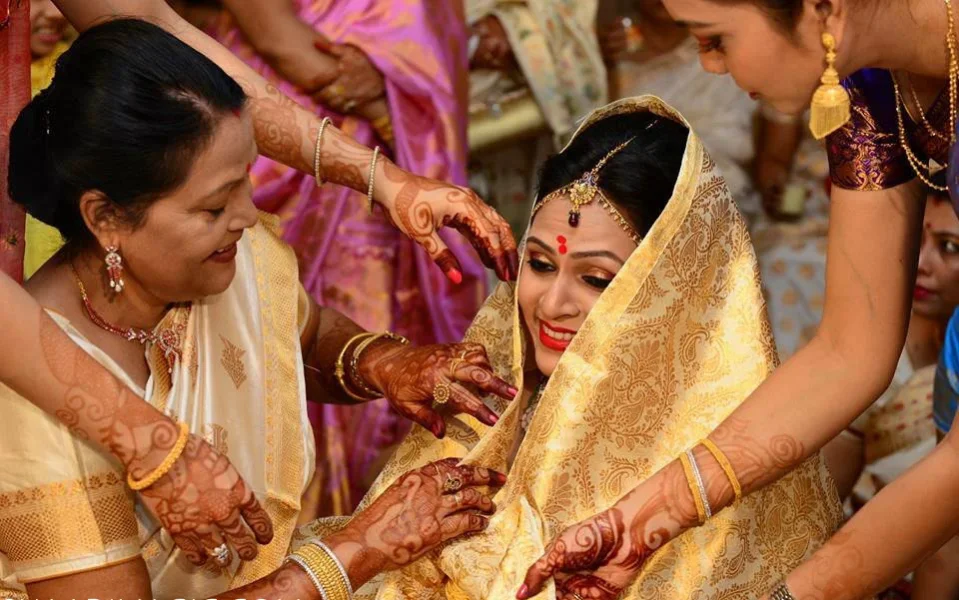 Assamese 1.webp115.2 KB · Views: 436
Assamese 1.webp115.2 KB · Views: 436 -
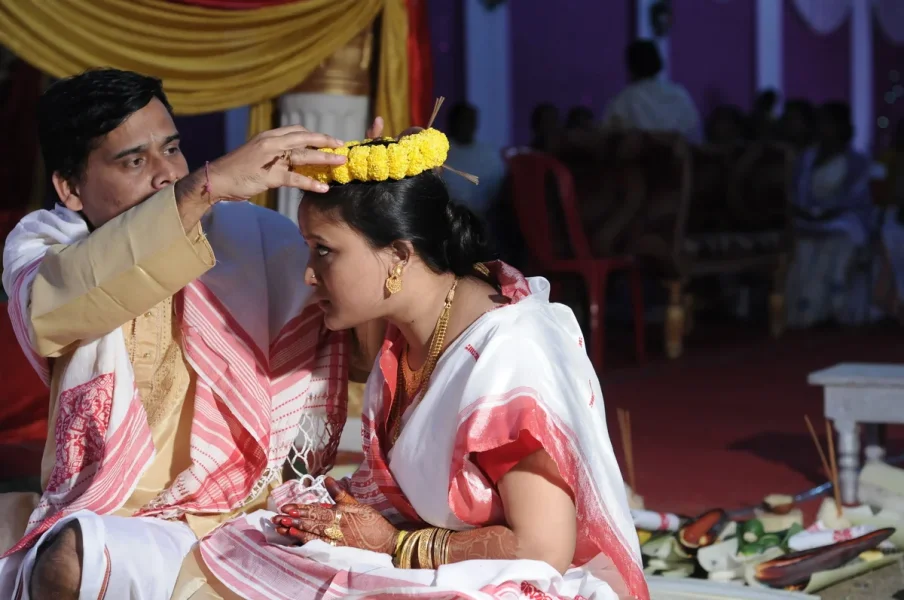 Assamese 2.webp107.8 KB · Views: 357
Assamese 2.webp107.8 KB · Views: 357 -
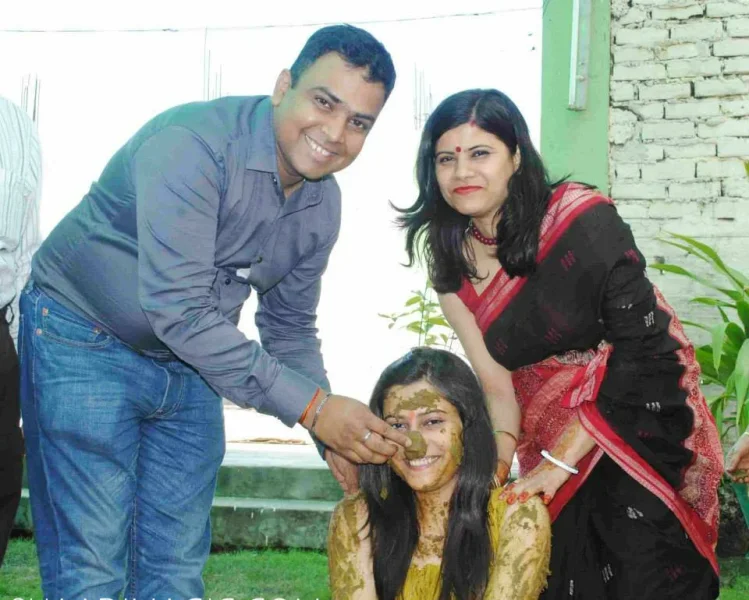 Dogri.webp96.6 KB · Views: 336
Dogri.webp96.6 KB · Views: 336 -
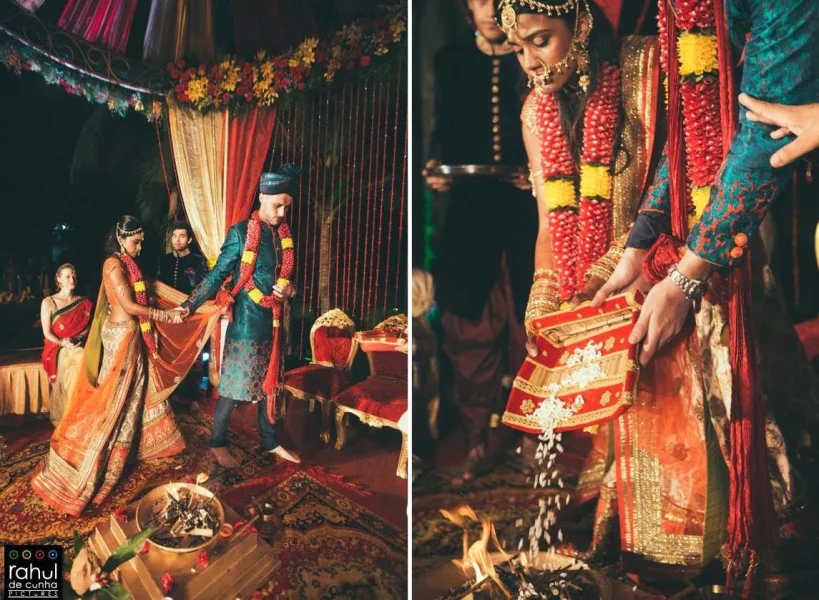 Arya Samaj wedding.webp192.6 KB · Views: 292
Arya Samaj wedding.webp192.6 KB · Views: 292 -
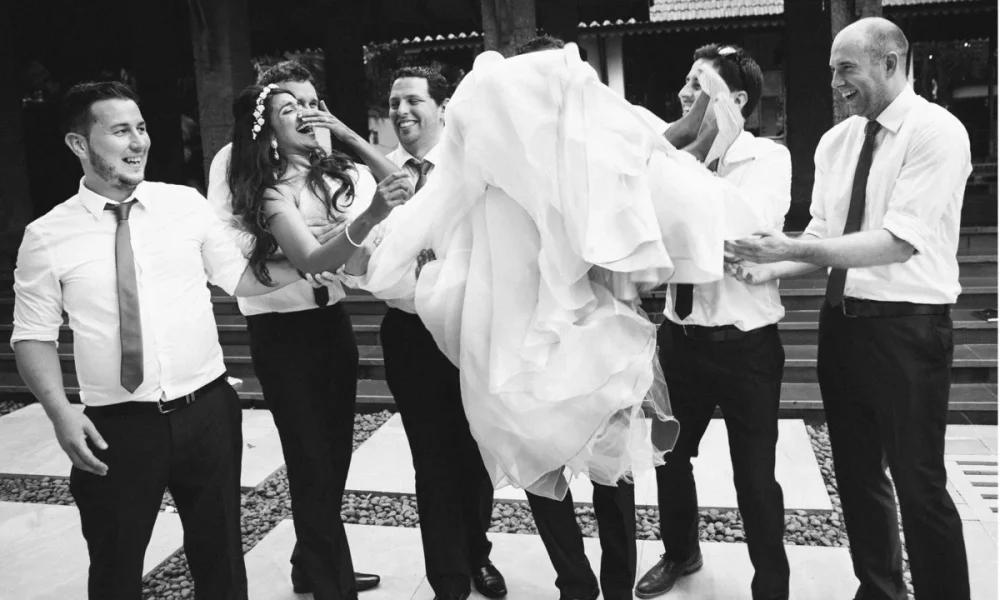 Catholic 1.webp93.7 KB · Views: 279
Catholic 1.webp93.7 KB · Views: 279 -
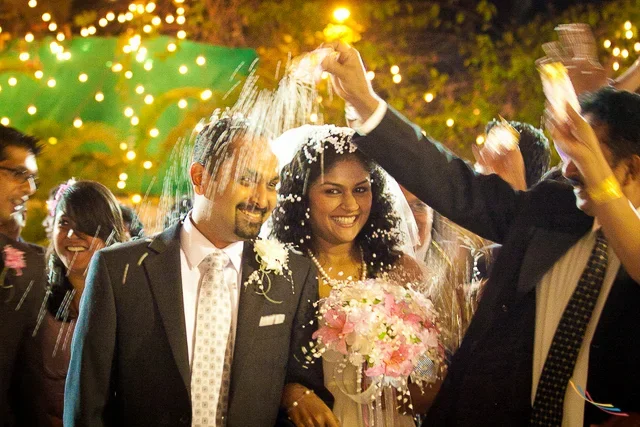 Catholic 2.webp71.6 KB · Views: 285
Catholic 2.webp71.6 KB · Views: 285 -
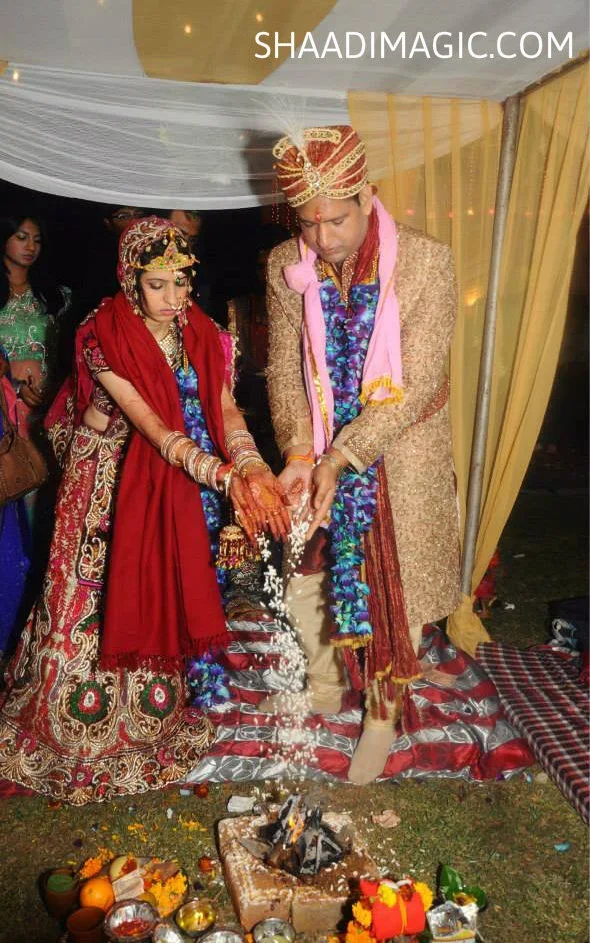 Sindhi 1.webp130.5 KB · Views: 331
Sindhi 1.webp130.5 KB · Views: 331 -
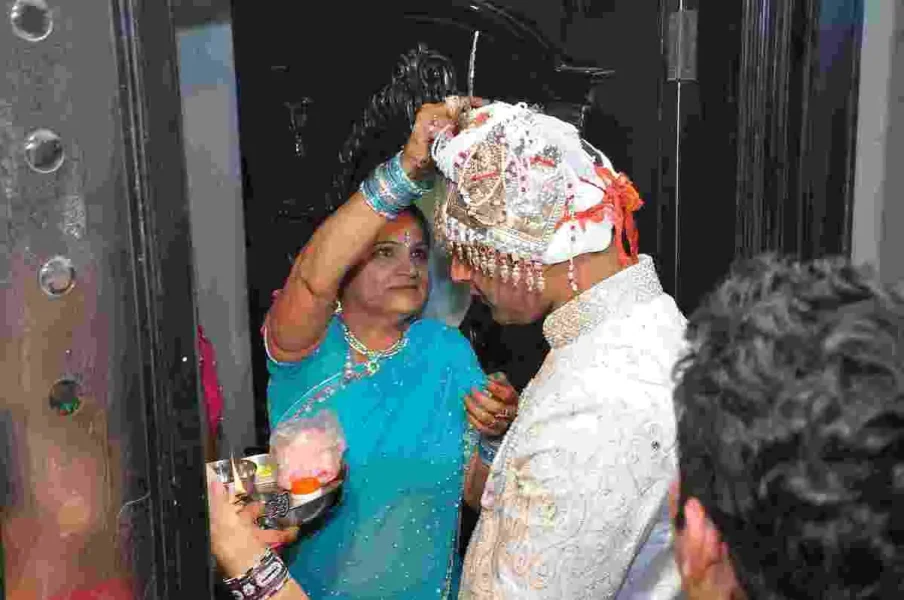 Sindhi 2.webp60 KB · Views: 284
Sindhi 2.webp60 KB · Views: 284 -
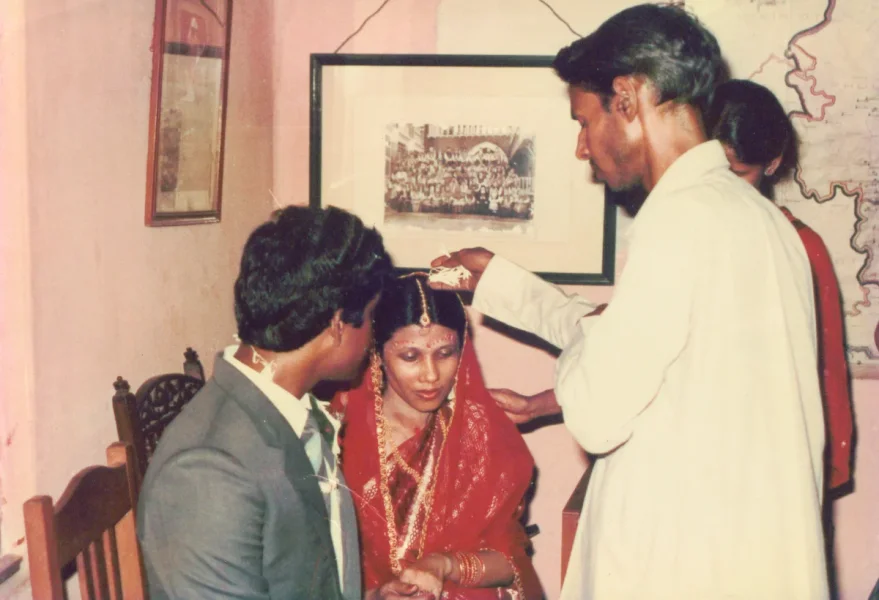 Oriya 1.webp94.7 KB · Views: 324
Oriya 1.webp94.7 KB · Views: 324 -
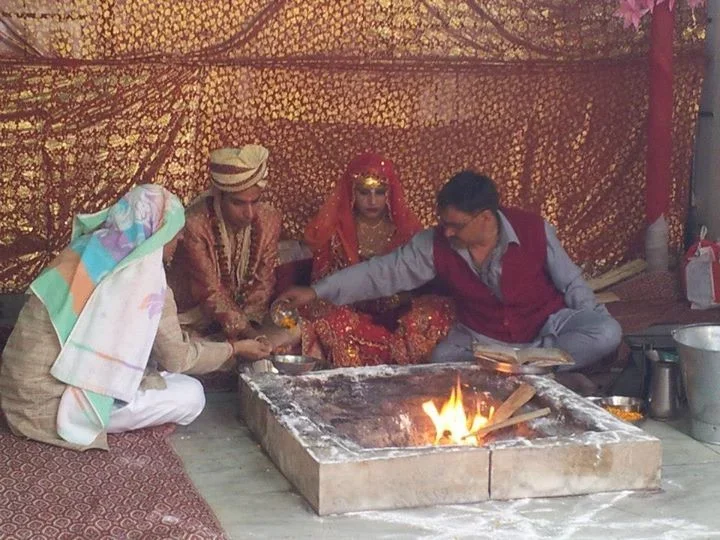 Kashmiri 1.webp93.3 KB · Views: 335
Kashmiri 1.webp93.3 KB · Views: 335 -
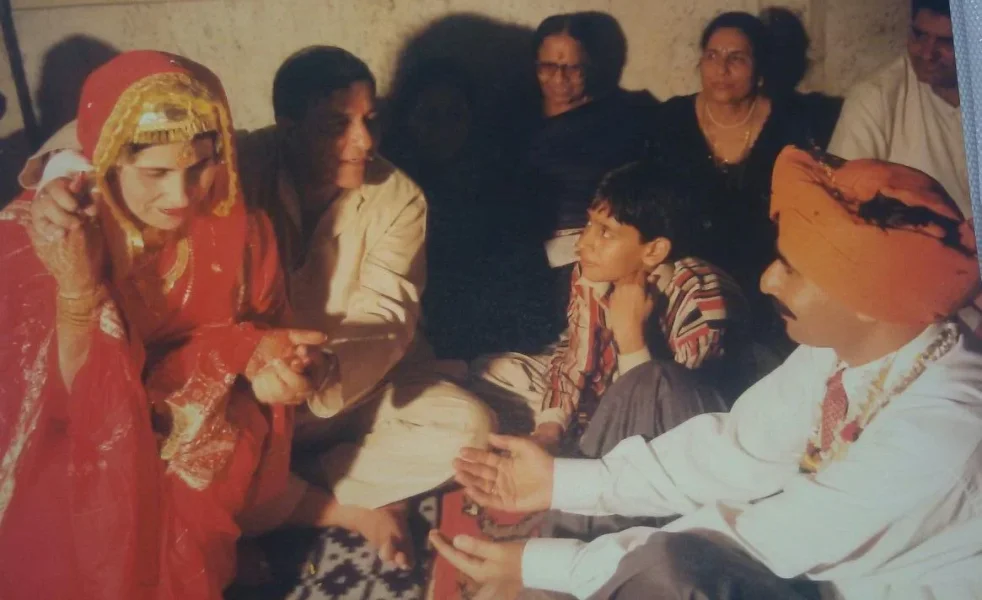 Kashmiri2.webp64.2 KB · Views: 271
Kashmiri2.webp64.2 KB · Views: 271 -
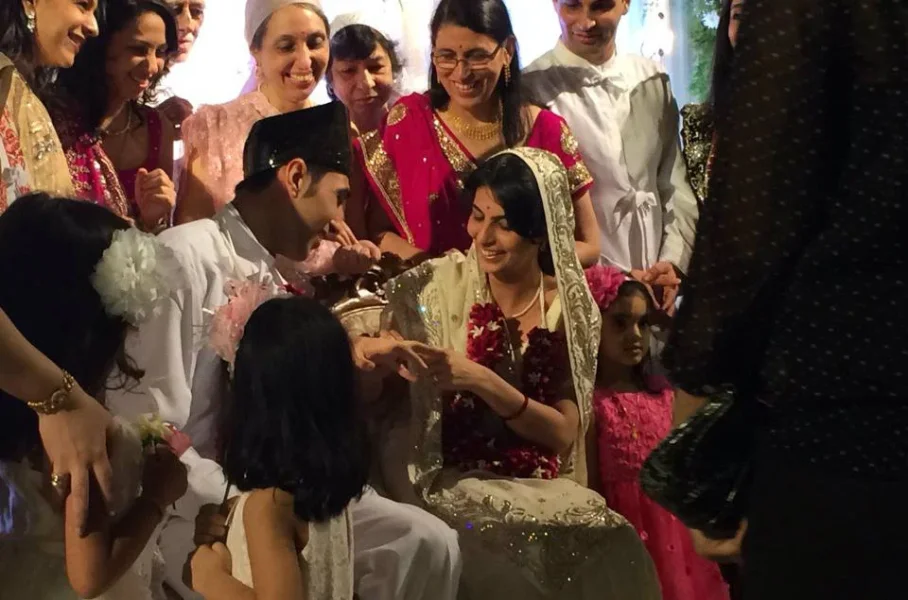 Parsi 1.webp78.5 KB · Views: 298
Parsi 1.webp78.5 KB · Views: 298 -
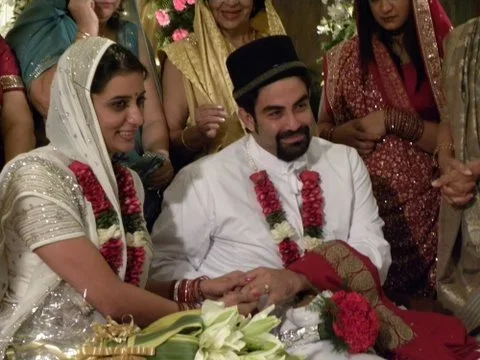 Paesi 2.webp34.6 KB · Views: 579
Paesi 2.webp34.6 KB · Views: 579 -
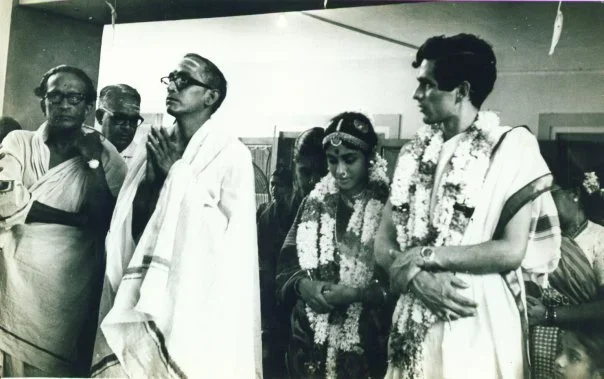 Tamil 2.webp36.7 KB · Views: 315
Tamil 2.webp36.7 KB · Views: 315 -
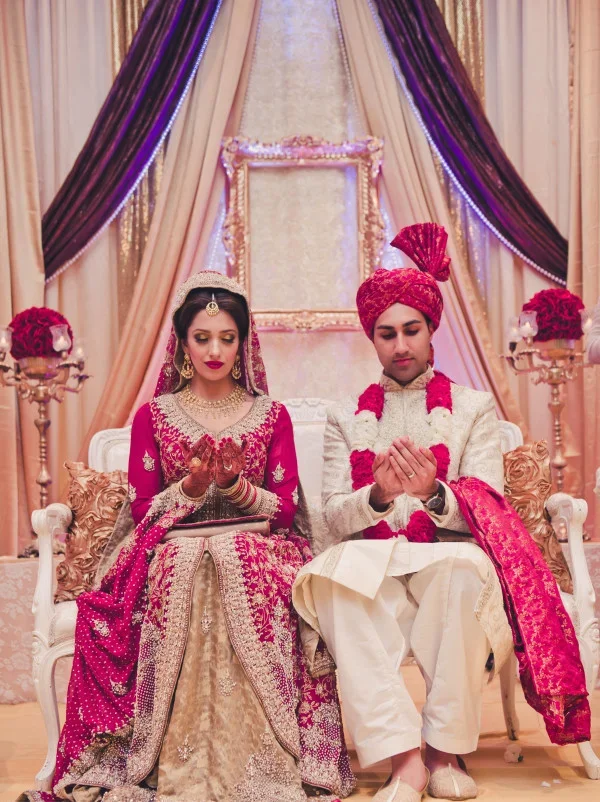 Nikha 1.webp115.1 KB · Views: 633
Nikha 1.webp115.1 KB · Views: 633 -
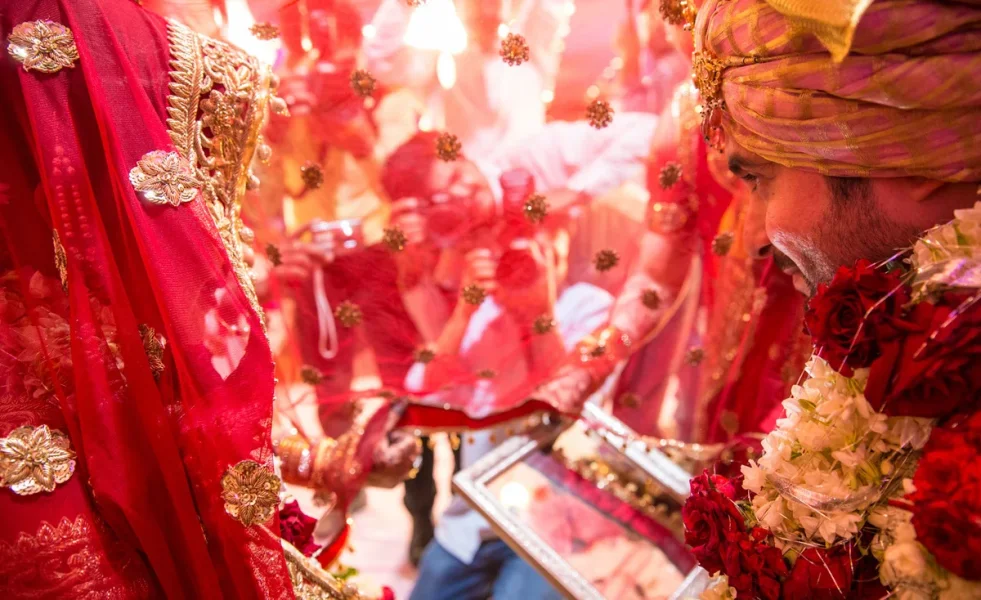 Nikh 2.webp161.1 KB · Views: 340
Nikh 2.webp161.1 KB · Views: 340 -
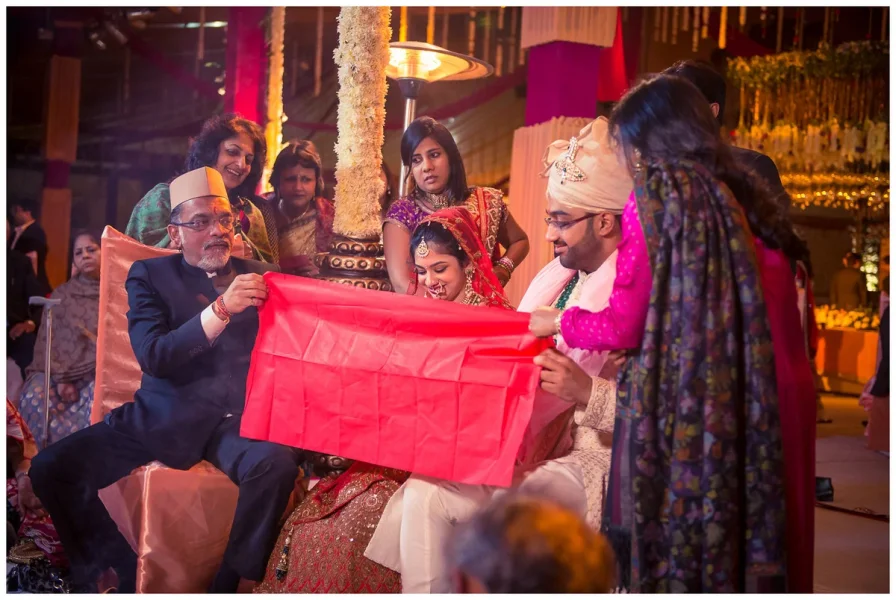 Baniya 1.webp141.9 KB · Views: 294
Baniya 1.webp141.9 KB · Views: 294 -
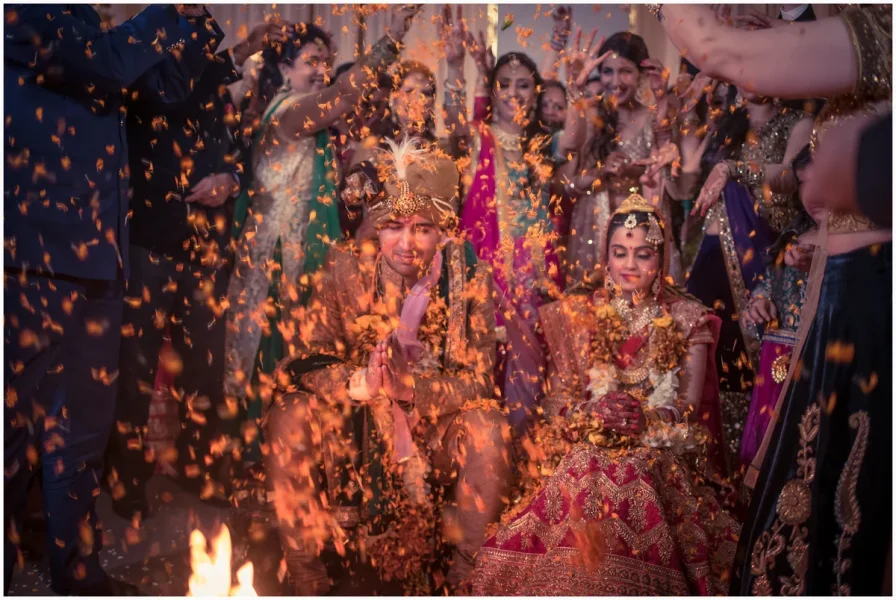 Jat 1.webp182.8 KB · Views: 333
Jat 1.webp182.8 KB · Views: 333 -
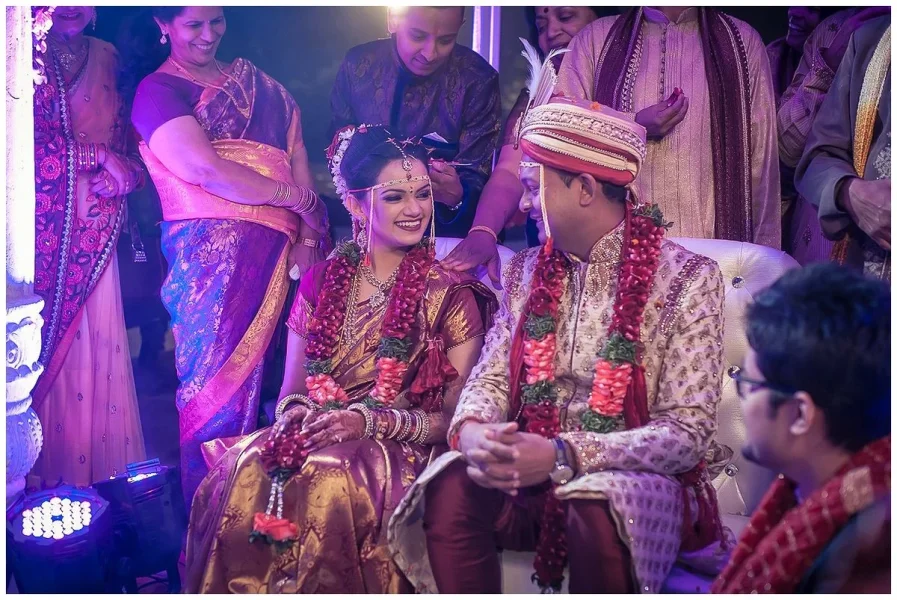 Kannada.webp242.3 KB · Views: 511
Kannada.webp242.3 KB · Views: 511 -
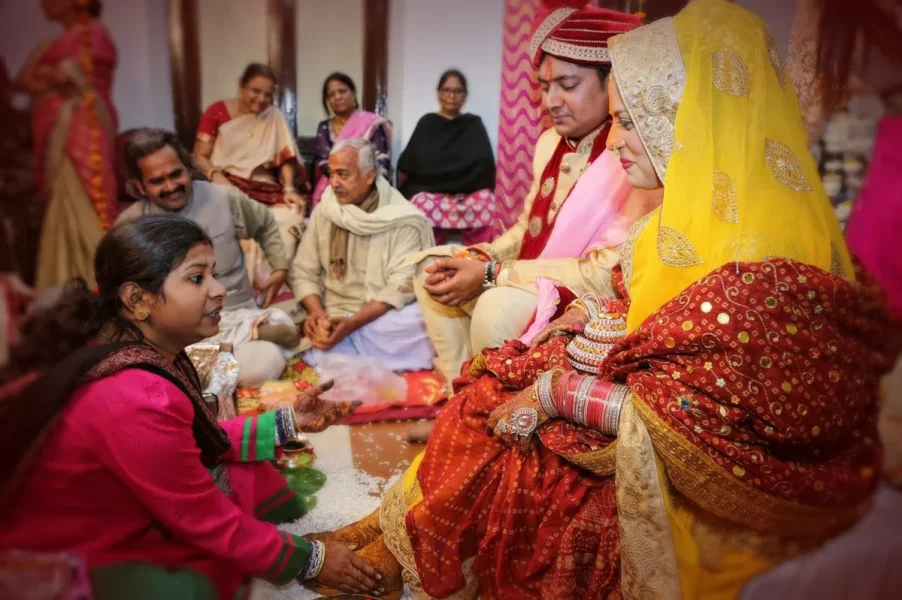 Behari 1.webp146.4 KB · Views: 324
Behari 1.webp146.4 KB · Views: 324
